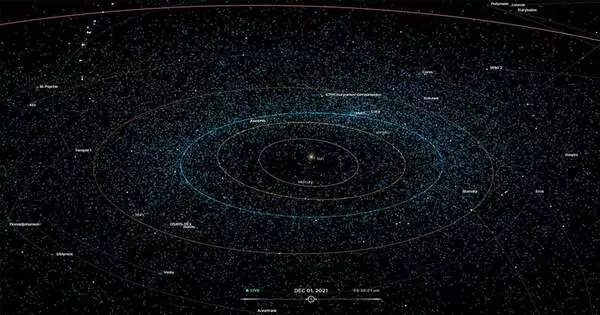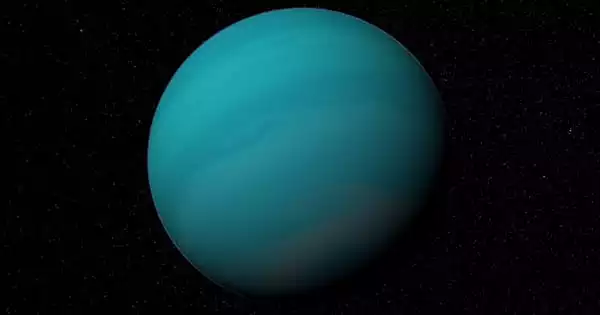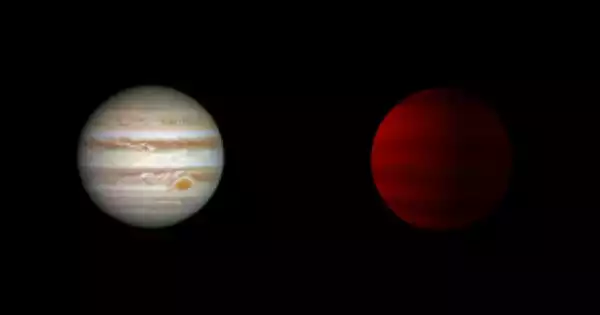Near-Earth Objects (NEOs) are astronomical objects, such as asteroids and comets, whose orbits bring them near to Earth’s orbit. A NEO is any tiny body in the Solar System whose orbit takes it close to Earth. Because of the potential for impact, these objects are of considerable interest to scientists and astronomers. Based on their composition, NEOs are classified into two types: asteroids, which are stony and metallic, and comets, which are made up of ice, dust, and volatile substances.
A Solar System body is classified as a NEO if its closest approach to the Sun (perihelion) is less than 1.3 astronomical units (AU). If the orbit of a NEO crosses that of the Earth and the object is larger than 140 meters (460 feet) across, it is classified as a potentially hazardous object (PHO). The majority of known PHOs and NEOs are asteroids, but a tiny number are comets.
Asteroids make up the vast bulk of NEOs, and they are further classed based on their composition, size, and orbital properties. Some NEOs have orbits that bring them quite close to Earth, making it easier to study them. The study of NEOs is crucial for comprehending the early solar system since these objects can reveal information about the formation and evolution of the planets.
Over 32,000 near-Earth asteroids (NEAs) and 120 short-period near-Earth comets (NECs) are known. Before reaching Earth, a few of solar-orbiting meteoroids were large enough to be tracked in space. It is now commonly believed that earlier collisions played a substantial impact in shaping Earth’s geological and biological history. Asteroids as tiny as 20 meters (66 feet) in diameter have the potential to wreak substantial damage to the local environment and human populations.
NASA and other space agencies across the world actively monitor and track NEOs in order to estimate the risk of collision with Earth. While the likelihood of a major NEO hitting with Earth in the near future is low, the potential repercussions of such a collision need continued investigation and observation.
Larger asteroids penetrate the atmosphere and reach the Earth’s surface, creating craters if they strike a continent or tsunamis if they strike the sea. Because of heightened awareness of this possible threat, interest in NEOs has grown since the 1980s. Asteroid impact avoidance by deflection is theoretically possible, and mitigating strategies are being investigated.
Efforts are underway to develop strategies for mitigating the impact threat posed by NEOs. This includes both detection and tracking efforts to identify potentially hazardous objects and studies on methods to deflect or redirect an asteroid if it were found to be on a collision course with Earth. Additionally, international collaborations and observatories contribute to the global effort to monitor and understand the dynamics of Near-Earth Objects.
















